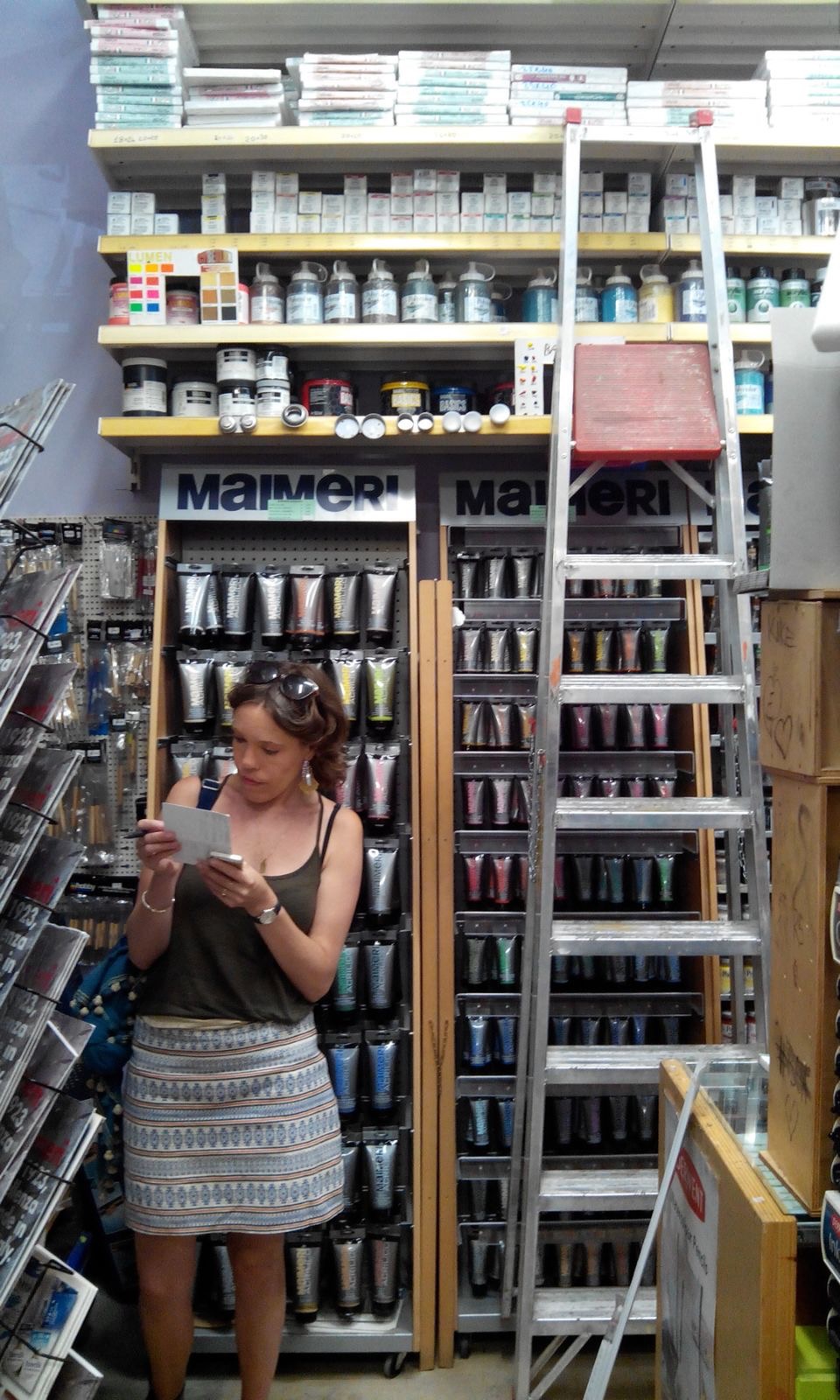Officina Stamperia del Notaio: Creating a Space
/We began arriving at the end of May to complete the work that had begun in the summer of 2015 - the creation of Officina Stamperia del Notaio's physical home. The studio space and print shop were constructed, but now it was time to fill them. We also had to prepare Casa Mugavero (a former palazzo destined to be another home for artists) for its first residents.
The long empty palazzo was our first order of business, as it had been abandoned for nearly thirty years. Underneath the dirt and dust was a uniquely beautiful picture of the past; carved utensils and an ancient sausage grinder in the kitchen, painted tiles in the bedroom, delicate linens left in deep drawers. All the wooden furniture in the space was made by a former owner and woodworker, from a chest of drawers opened by a skeleton key to a towering armoire, each piece inlaid with a different pattern. We scraped the shutters, stained the steps, scrubbed the palazzo from top to bottom, brought in new mattresses and plumbing, scoured the kitchen, painted the walls, and in the final afternoon, hung the curtains and placed the chairs to the chorus of many opinions.
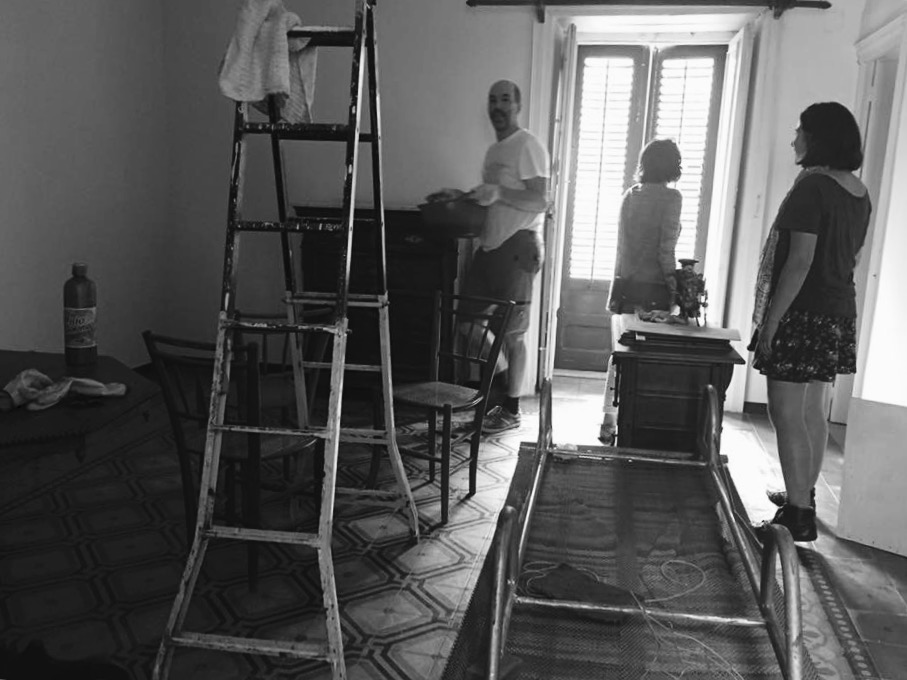
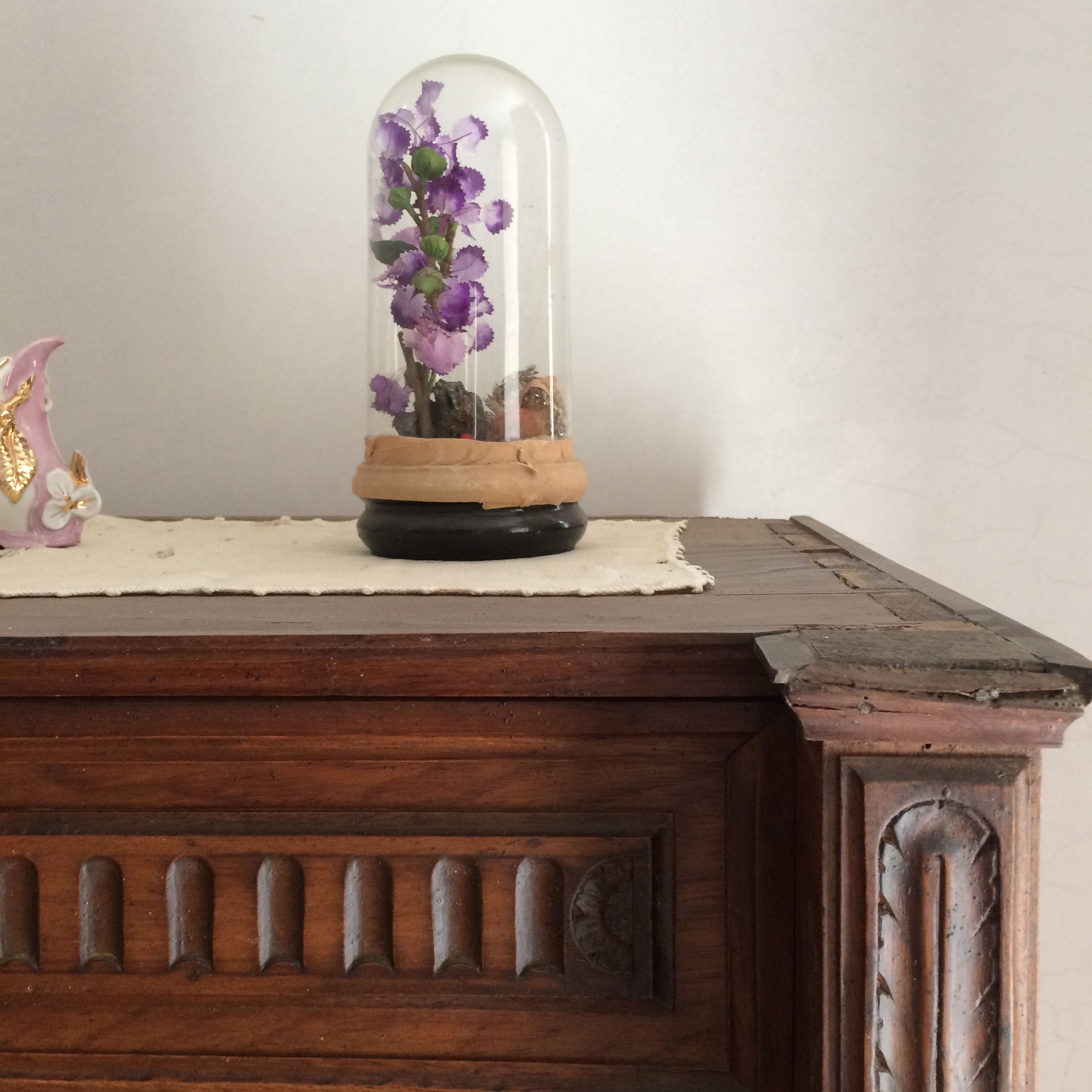
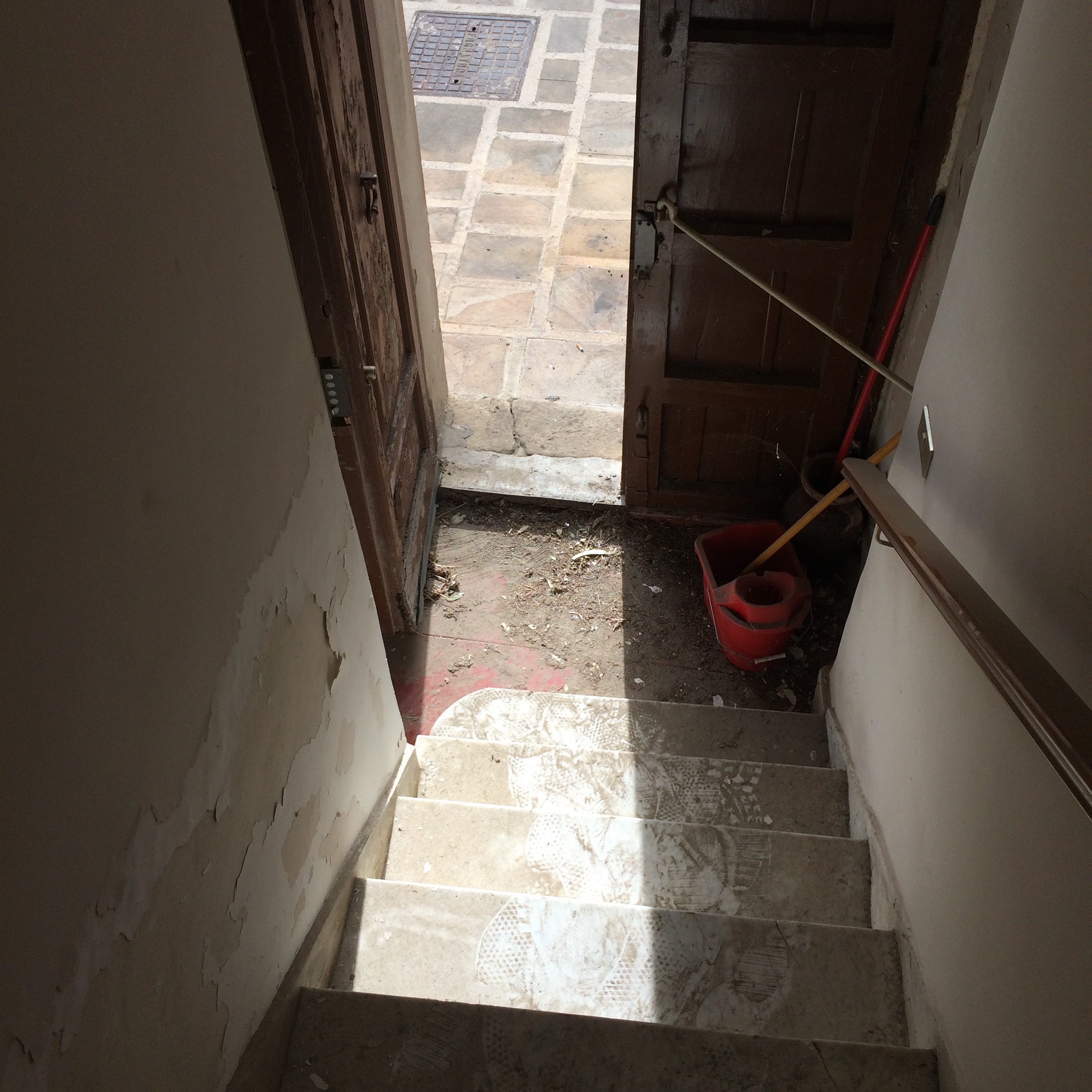
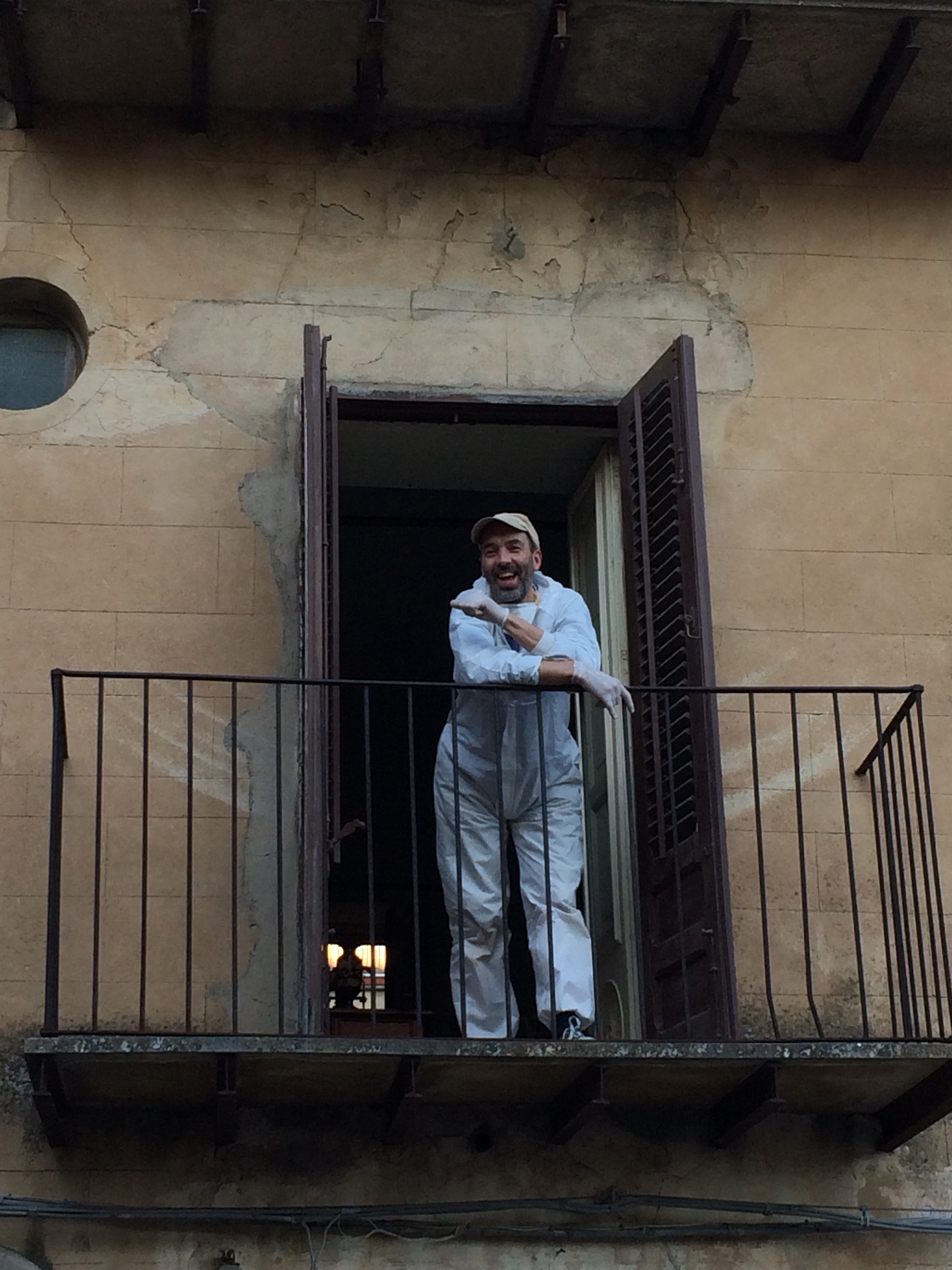
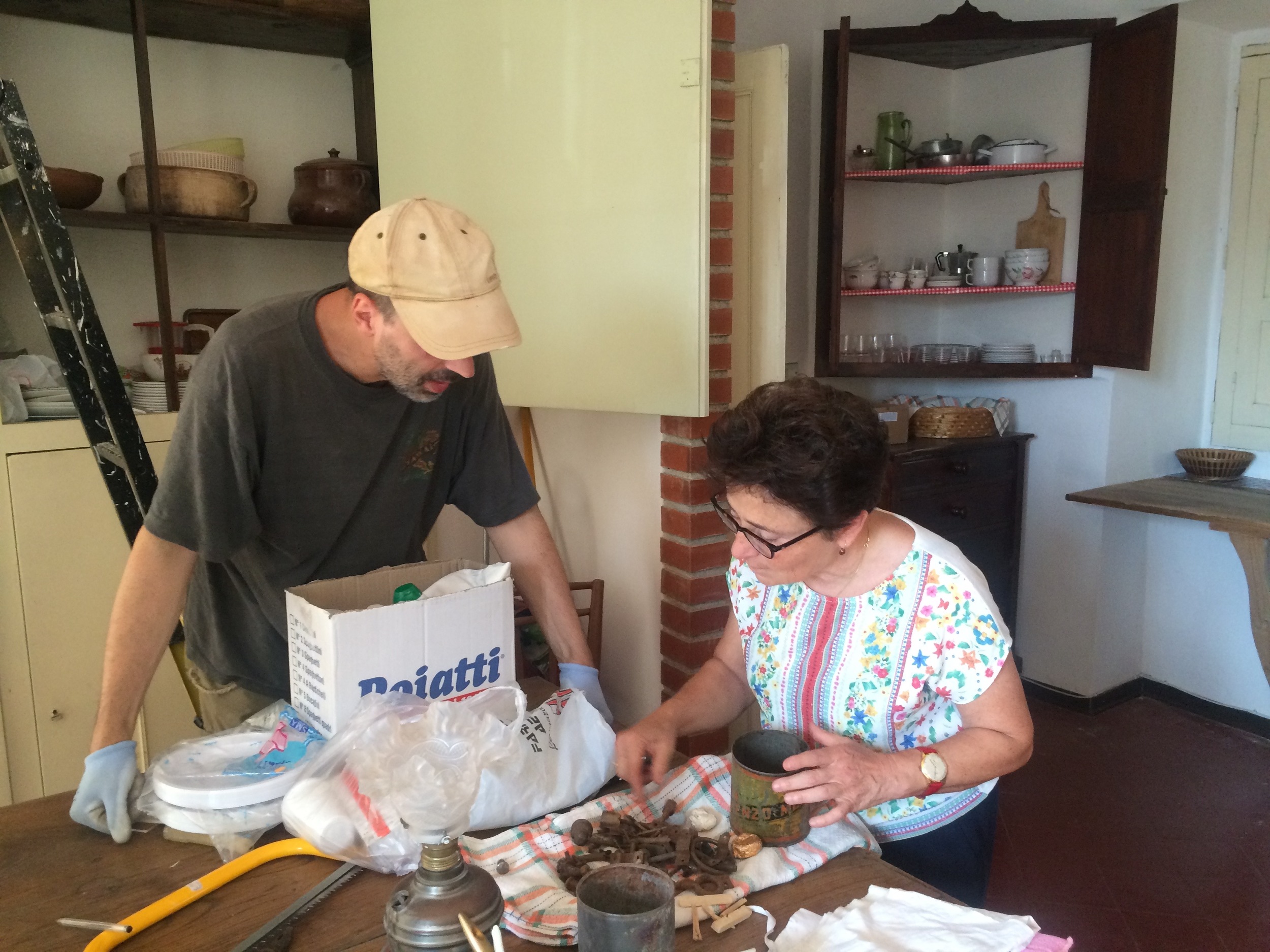




Across the square were the studios, which were seeing their own fair share of excitement. The empty space was filled with ideas of how to organize and structure the space, and then it was actually filled with salvaged furniture, fresh wood, and the sound of drills and saws. Slowly but surely, and not without both comical and unfortunate setbacks, the space began to take shape and pull together. The most exciting episode would have to be the savage Sirocco winds that swept through Tusa in the second week of June. The Sirocco originates in the Sahara and hits Sicily suddenly and violently; this particular one lasted twenty four hours and flung open the heavy iron doors of The Loft, broke the latches and windows in the studio, and ignited hundreds of wildfires in the countryside. The sky was thick with hazy smoke and the air hot as that in an oven, but life went on in typical Sicilian fashion, culminating in a dinner party set to a soundtrack of screaming winds just outside.
The carefully constructed print shop was filled with materials and got a new door. But it wasn’t complete until Serena’s beloved press, Ginestra, could finally leave the darkness of the magazzino and take her rightful place in the center of the shop. Tusa is well represented in the studios, from the shelving and boards made of local wood to the specially created steel stand for Ginestra.
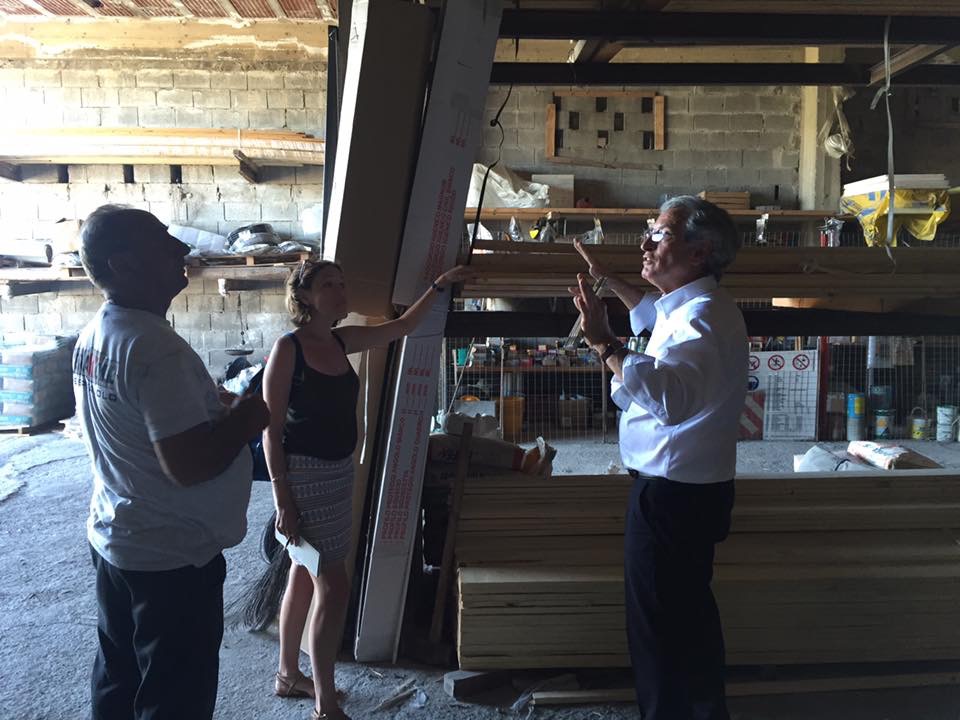
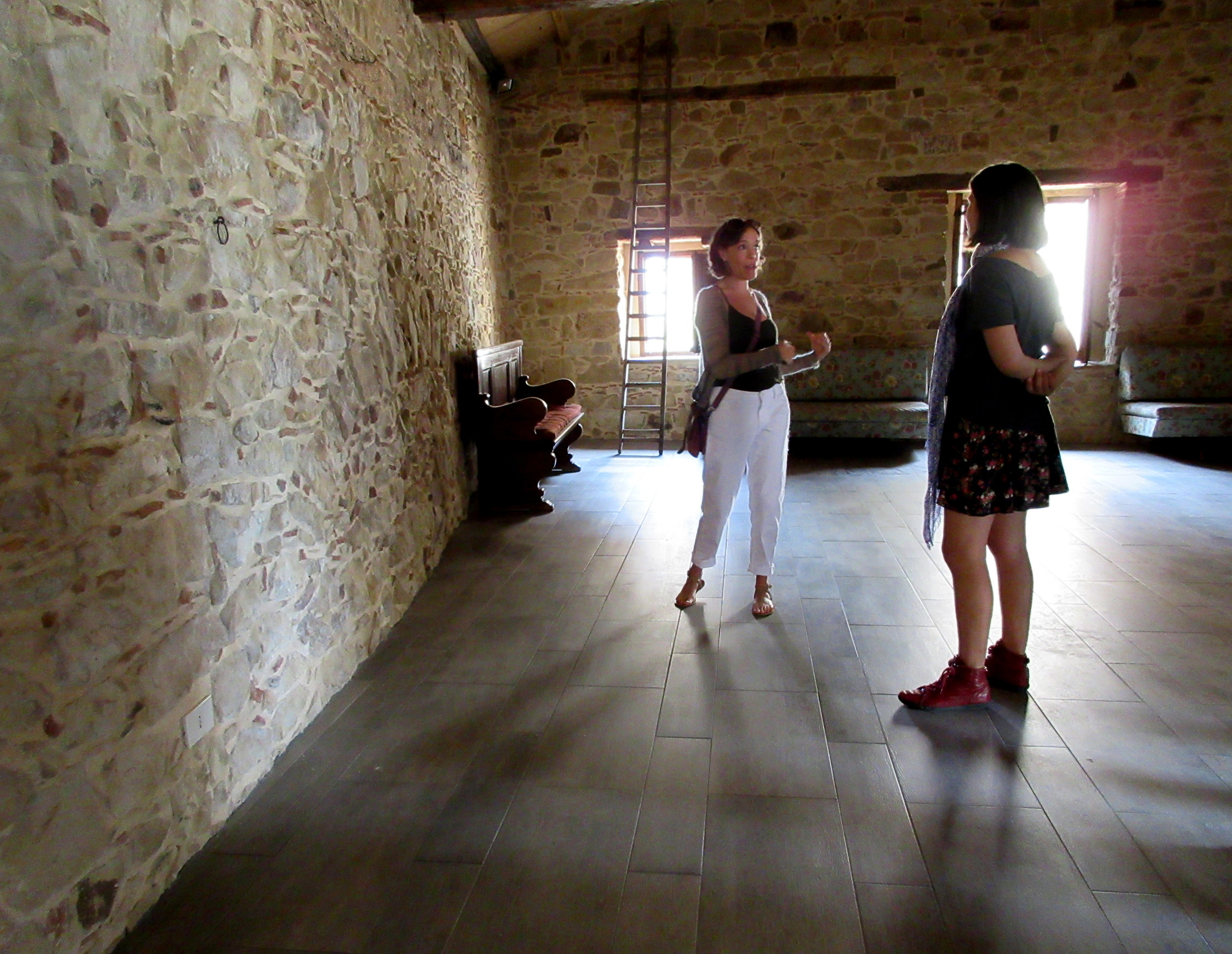
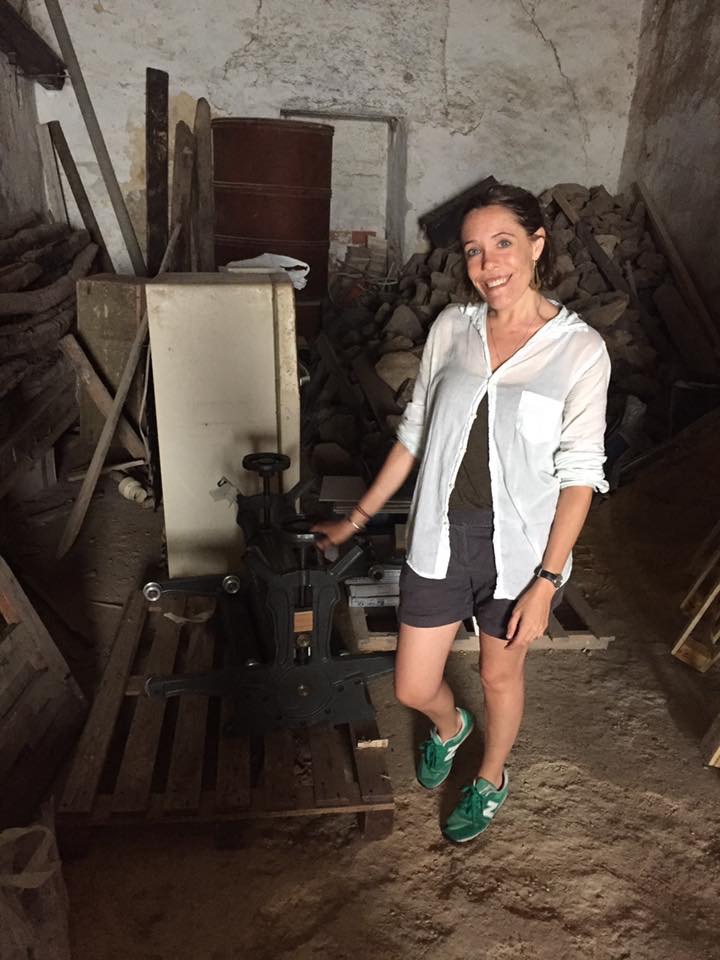
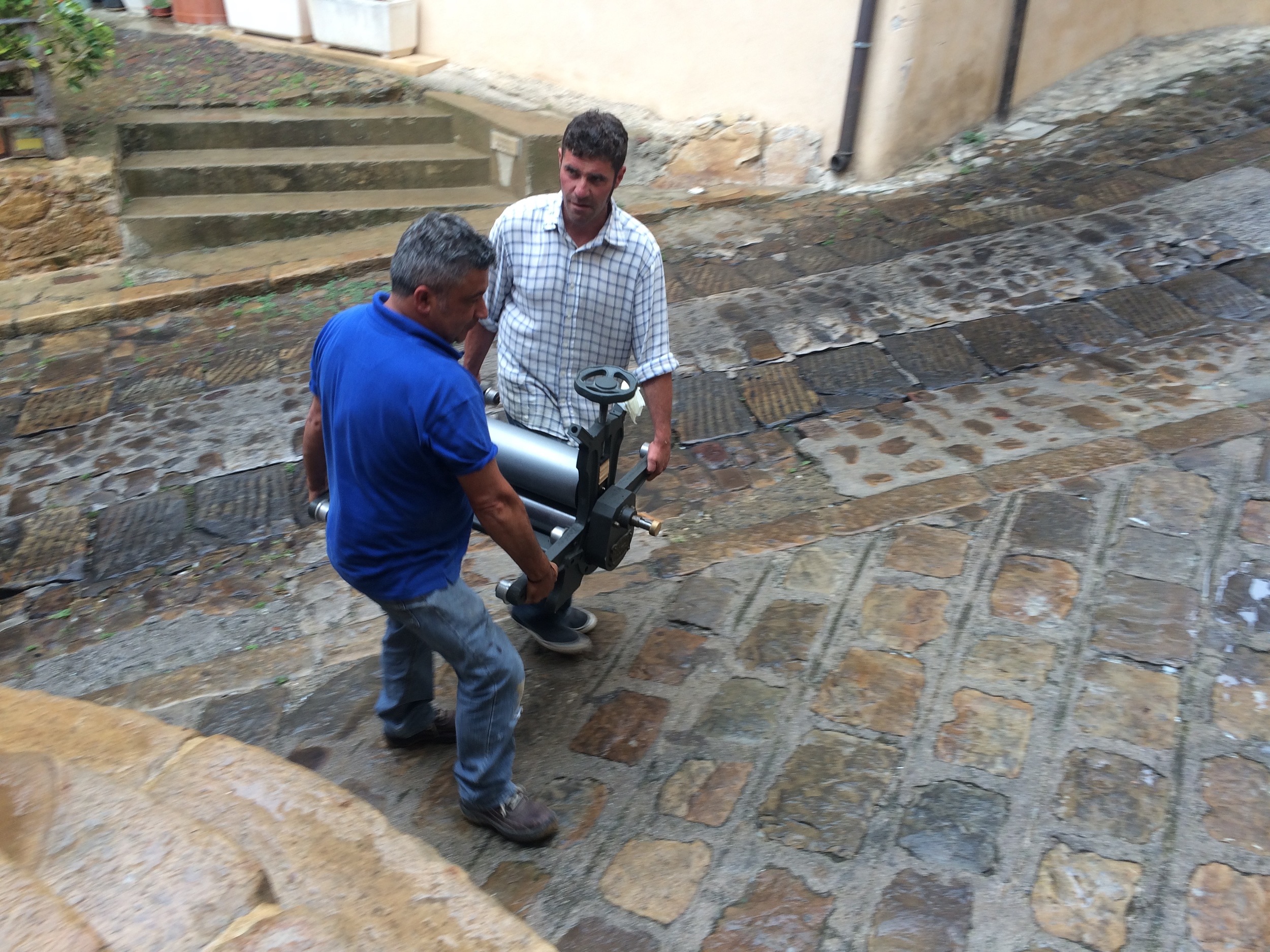
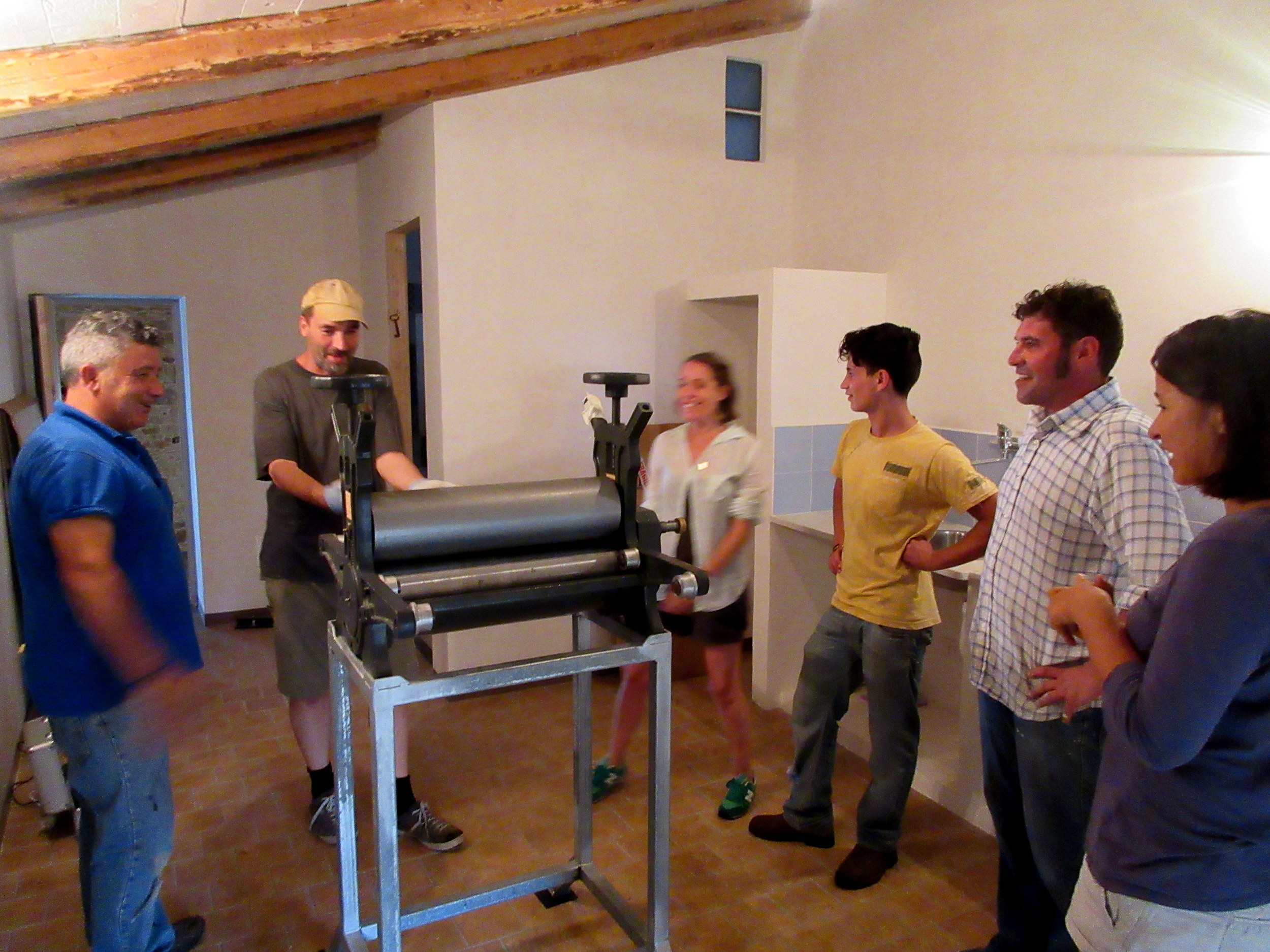
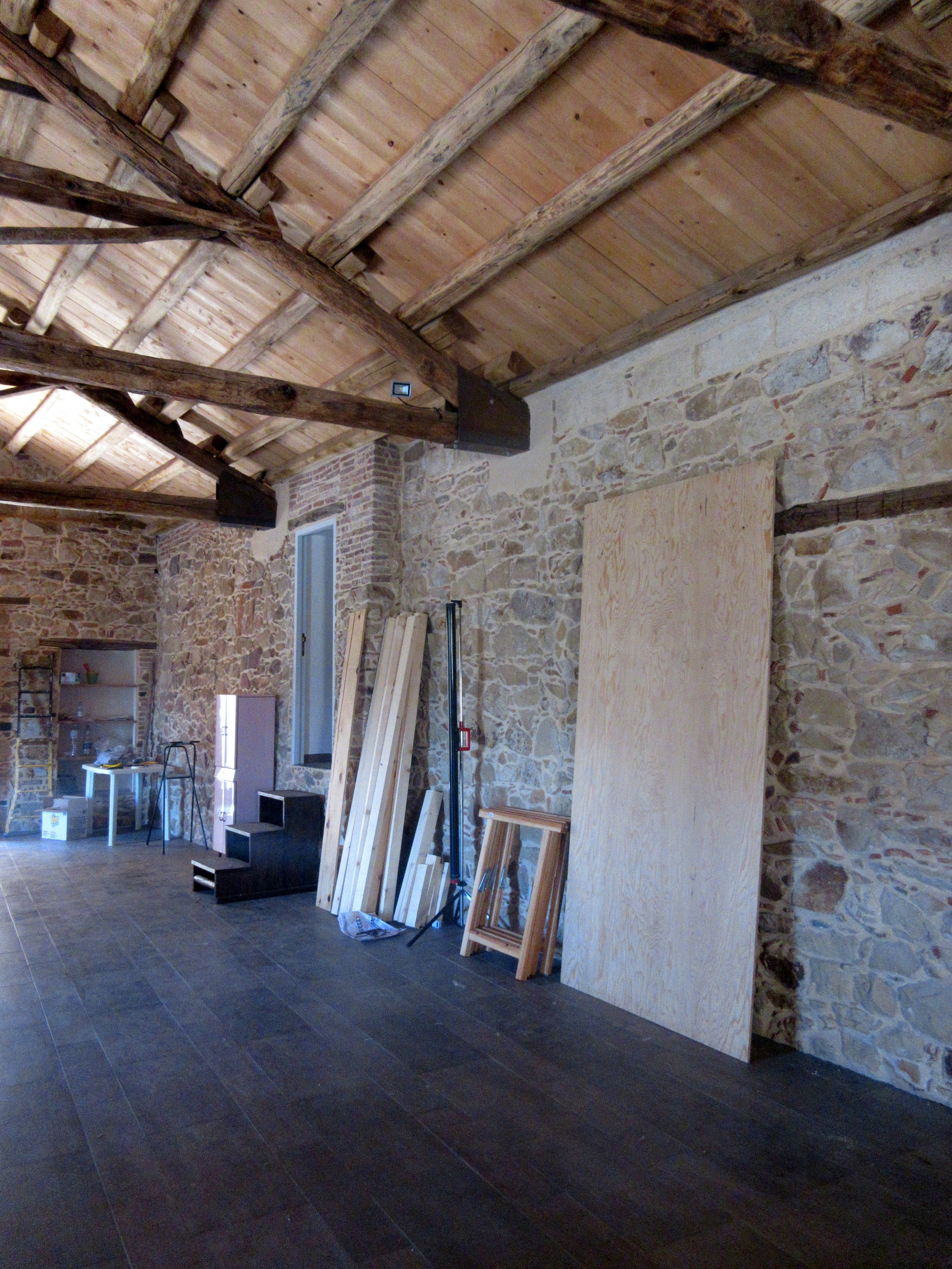
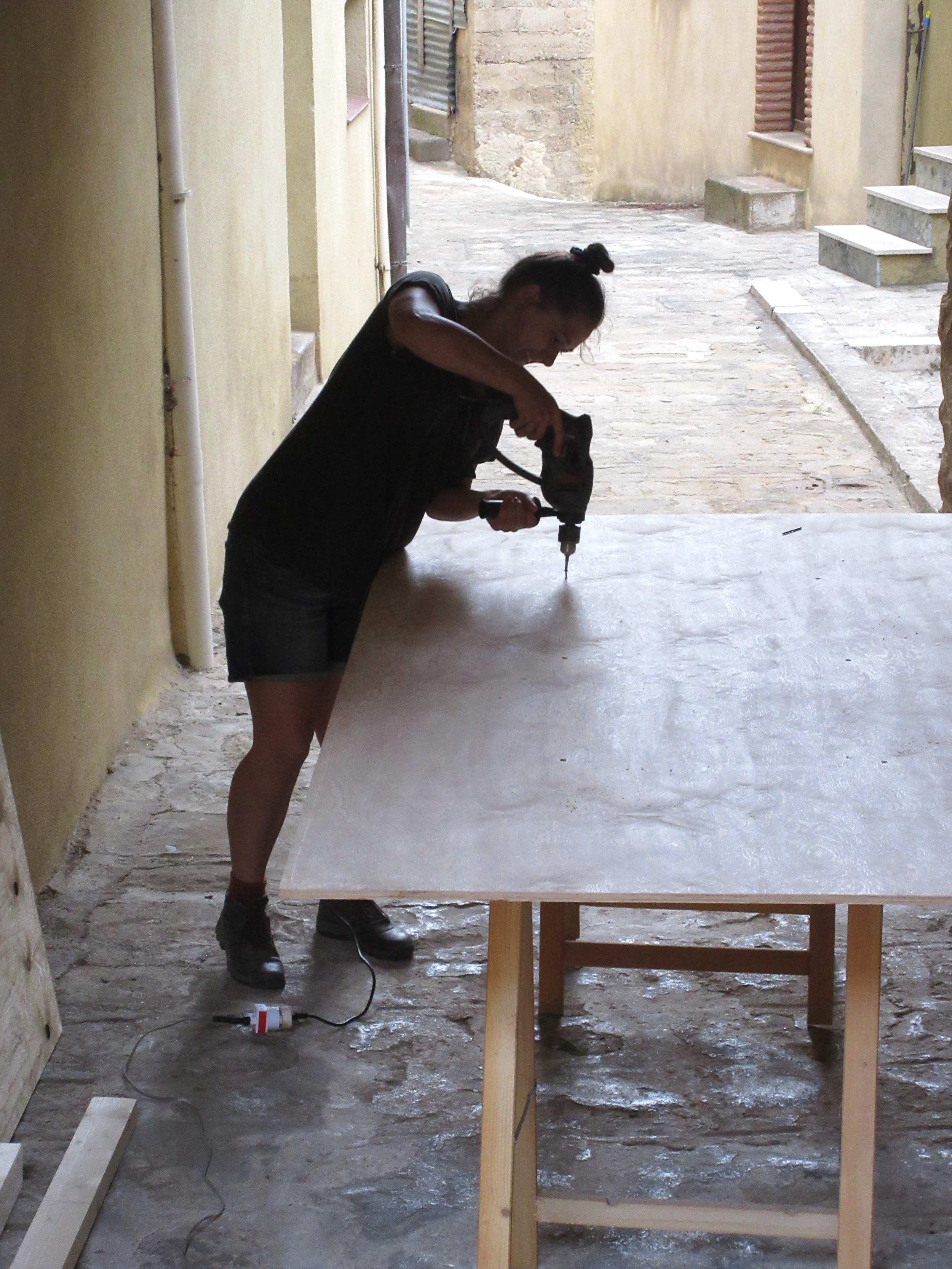
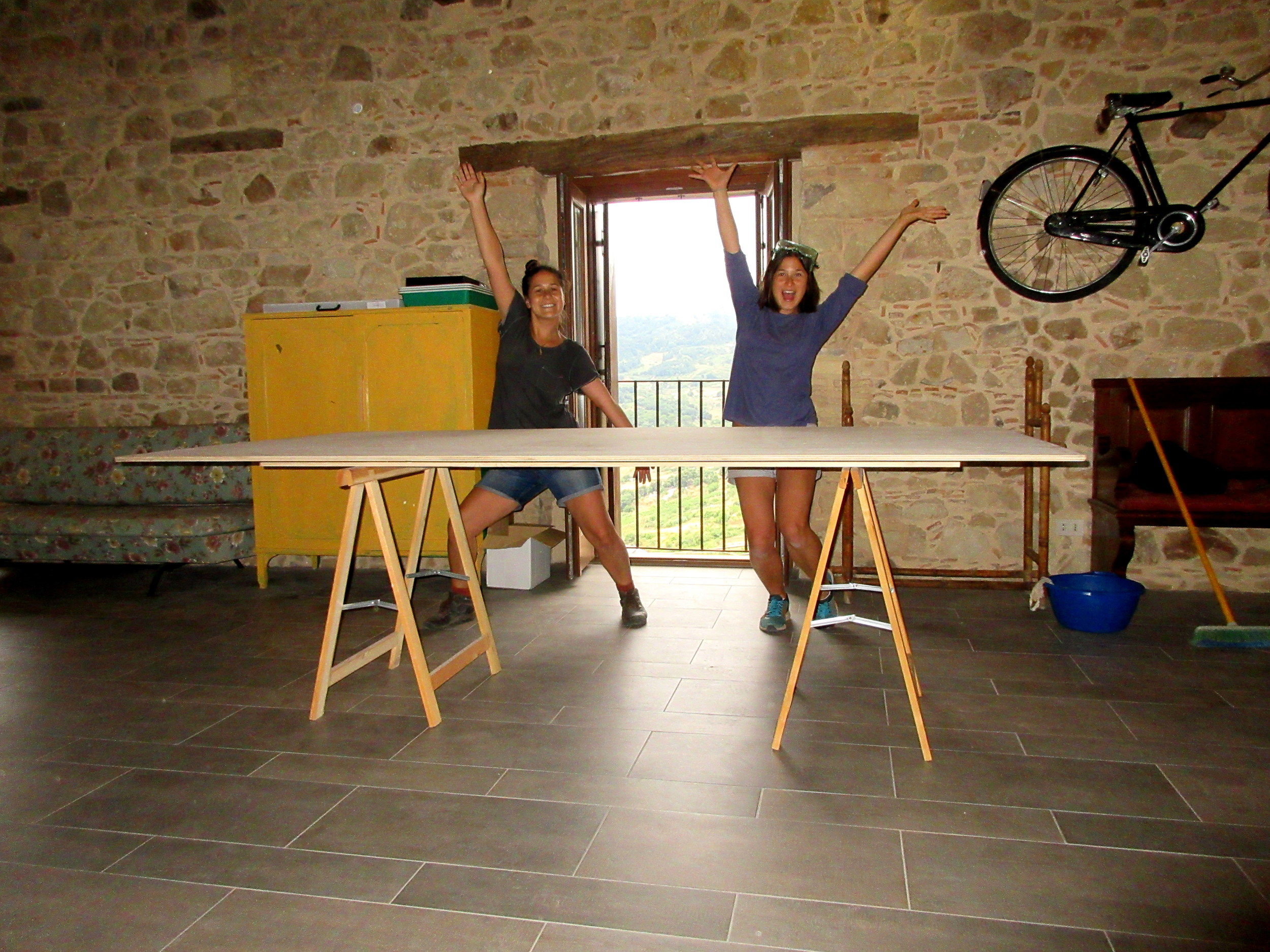
Throughout the entire process, friends and strangers stopped in to see old spaces becoming new. Some had never seen the courtyard that lies behind the palazzo, and others remembered the studios as a communal granary. One remarked that the “stones were happy” to be given new purpose and filled with energy after so much time had passed.
As our first artists arrive and begin to make work, we like to think the stones approve.

